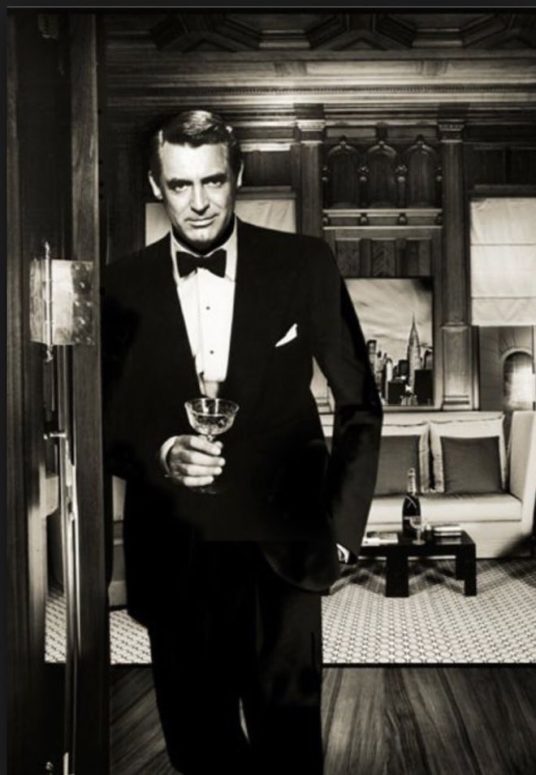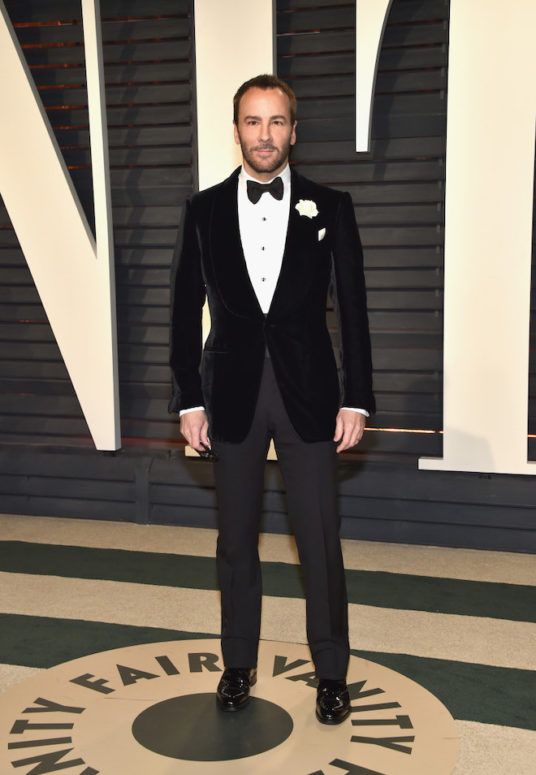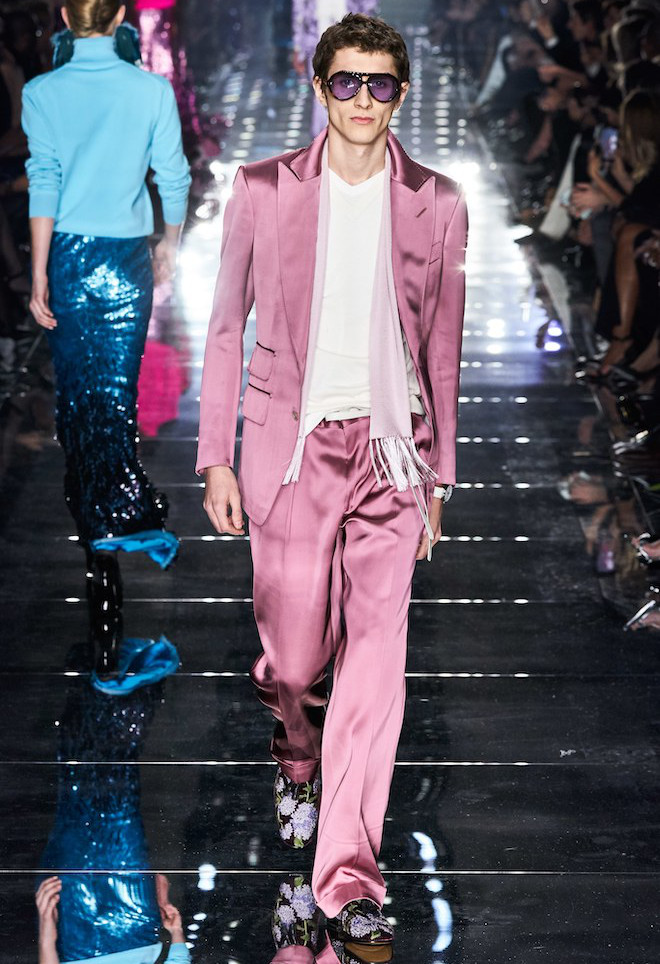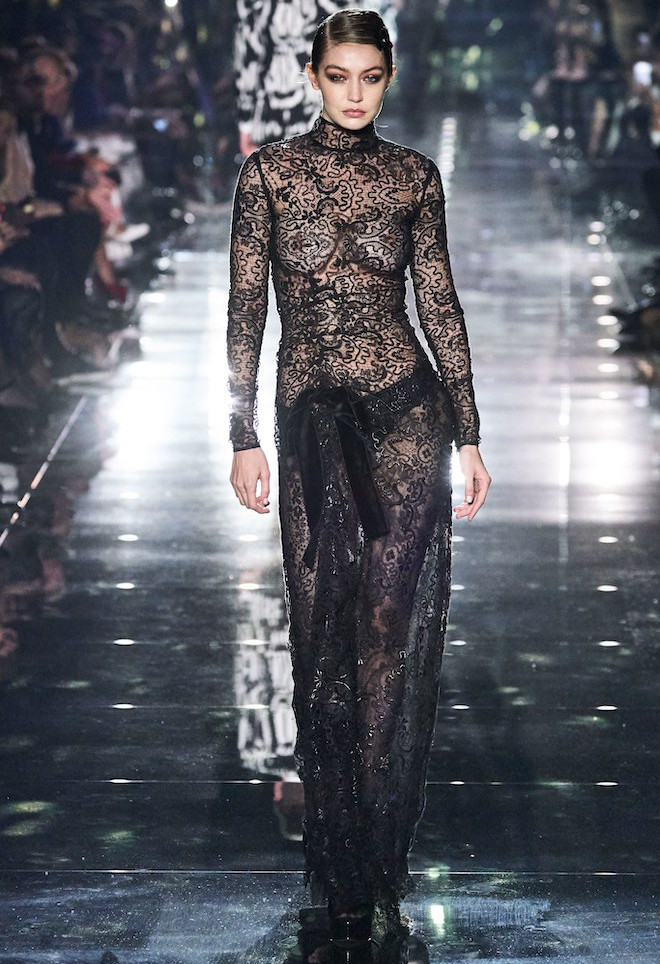In dressing James Bond, LUXUO explores whether the super-spy is a symbol of toxic masculinity that needs to be “reformed” or that Tom Ford had it right all along – hyper accentuating the best of both genders.
It’s been 54 years since, Gay Talese created the modern celebrity profile with “Frank Sinatra Has a Cold” for Esquire and one of the most prolific journalists of the 20th century did so with a first name that likely would have attracted undue teasing during the latter part of the 20th. This goes to show the de-evolution of men as a species (we no longer aspire to gentlemen like Sinatra), the toxic masculinity that has arisen in its place and why we are experiencing a pervasive existential crisis on what it means to be a man.
This crisis worsens in the face of a feminist movement that has tilted from egalitarian ideals into a dismissive attitude towards all things male and masculine, boys and men of all ages have been flocking in droves to the wisdom of Canadian clinical psychologist and University of Toronto professor, Dr. Jordan Peterson.
“I’m an equal opportunity objectifier. I’m just as happy to objectify men.” – Tom Ford
Tom Ford defines the Measure of A Man for James Bond and regular Joes
Over half a decade ago, National Public Radio (NPR), a privately and publicly funded American non-profit media organisation released critical commentary on the evolution of a man through 60 years of covers from the pre-eminent men’s journal at the time and how social norms and mores dictated the the definition of manhood and masculinity. And boy, it was little wonder that women of the 21st century started referring to their husbands as “the other baby i have to take care of.” Men as a whole have vacillated from being men to frat boys and now, overgrown man-children. With the current wave of new feminism, men have been rendered rudderless.
David Granger, the longest Editor of Esquire, had been at the forefront of the measures of manhood, albeit through the lens of American gentlemen, publishing intellectual insight, and political commentary mixed with fashion, entertainment and sports, but as publications pursued Millennial and Gen Z audiences built on a perception that the new generation preferred Instagram over print, athleisure over suits, and moral relativism over moral absolutism, Granger was forced out after almost 20 years at the helm.
“There’s nothing stronger and more powerful than a beautiful woman. I don’t think expressing what nature intended you to be is anything but powerful. My women are not sitting there waiting for someone, they’re taking charge. Doesn’t matter whether they’re naked – they’re powerful, they’re smart, and you’re not going to get them if they don’t want you.” – Tom Ford
This isn’t a commentary on his fitness to run (nor the fitness of Granger’s replacement) but as the second oldest men’s periodical in the world (published since 1933), there’s a certainty that it had been quite an influential arbiter of men, that resulted in a more learned if not intellectual man: a man was not only interested in his after hours drinks and barbeque, but he dressed for respect and he read current affairs in order to exercise his country’s manifest destiny.
But as we opened the 21st century, it was all print magazines, not just Esquire, that had seen recent declines in both circulation and ad pages; though commentators were quick to point out the rise of the internet as a primary reason for the demise of print publications, the real reasons were more insidious – magazines had begun to pursue ephemeral trends and stopped being “guides to holistic living”.
Dr. Peterson, author of the 2019’s bestselling book 12 Rules for Life: An Antidote to Chaos points out – that one of the things that men should do as they mature is to transform themselves from monsters and also become civilised at the same time. However, the prevailing social narrative of contemporary times has been one where men are only monsters, responsible for the repression of women through time in memorial: men are evil and repressing virtuous alabaster queens.
As an allegory he points to archetypical stories like Beauty and the Beast where the ideal man starts out as a beast and ends up “civilised” in the process of becoming protective and falling in love with a woman. Using a more contemporary example – Dothraki Khal Drogo from Game of Thrones, tamed or to use a biblical term – meeked (A Greek word describing when a wild stallion has passed the conditioning required for a war horse) by the innocence and quiet dignity of Daenerys Targaryen. The commercial success of Fifty Shades is a grotesque but true statistical endorsement of the psychological appeal of the “tamed beast” trope.
“We’re very comfortable as a culture exploiting women, but not men. But I don’t think of it as exploitation [either way].” – Tom Ford
Cynthia de las Fuentes, PhD, former president of Division 35: Society for the Psychology of Women, believes that the feminist movement’s mission of equality for the sexes at work and at home has been distorted over the years, lamenting the division’s relative absence of men and minorities. In fact, feminism at its core is about equality of men and women, not “sameness”, a distinction that social justice warriors pushing an agenda of “superior” femininity have distorted in their attempt to over-correct what they perceive to be a malevolent patriarchy.
Women’s Career and Executive Coach Kathy Caprino, left her at the peak of her corporate career (Vice-President no less) to help clarify the waters of gender equality so muddied by perspectives rooted deeply in our own personal and direct experiences, rather than on any data, research or science surrounding the issues. “It’s critical to understand that “same” does not mean “equal.” The issue here is about equal rights and equal access to opportunities,” she argues. It is a sentiment that Dr. Peterson shares as he stresses “equality of opportunity is not the same as equality of outcome.”
“Being overdressed is better than being underdressed,” – Tom Ford
Dressing Bond and Tom Ford’s role in the Measure of a Man
There has been a lot of controversy surrounding the attempted feminisation of male icons and hero archetypes – 007 made a female! James Bond a woman!? – oh the sacrilege! The first words we often think of when we describe James Bond — at least the 007 of late— are suave, debonair, cosmopolitan. Ask the question again of a 70s and 80s audience and one might add womaniser to the list; being a womaniser might be morally suspect but it is socially acceptable if women are welcoming of his advances; Bond is no Weinstein.
I don’t believe in playing around much with suit cuts. I like a fairly classic shape that gives a man strong shoulders, a fitted waist, and long legs. Classic simplicity always works. – Tom Ford

Since the Renaissance, courtiers aspired to exemplify Bond’s sprezzatura. That is the ability to perform even the most difficult task with an air of insouciance and graceful nonchalance – and it’s easy to see how Bond, jumping into a train cabin after exchanging gunfire atop its rooftop and then “shooting” his cuffs (that is adjusting his shirt cuffs so that they appear past the edge of the cuffs of his jacket sleeves) – is the ultimate exemplar of that masculine ideal. Bond is not only cool, he always looks cool, at ease at the bar or in a bar fight, he’s the best-dressed guy in the room.

“Being awake” in the pursuit of “equality” has been a catalyst for inverted gender and racial archetypes – Ghostbusters became female caricatures of their original male counterparts, John Connor was killed and replaced by a woman saviour in Terminator Dark Fate and Idris Elba was fettered for the role of James Bond. Of the three examples presented, Elba, of British-African descent, generated the most buzz for his combination of suaveness and manliness. But more importantly, his profile as a minority, arguably of lesser privilege to white anglo-saxon counterparts would more or less guarantee his “invisibility” (at least in melting pot metropolitan cities) and lend some believability to his role of super spy (albeit one of diminished capacity in more racially monochromatic cities like Monaco or Montenegro); the other two examples were critically and commercially panned: the result of lazy writing and blatant attempts to ride the ground swell of wokeness that stripped the films of their authenticity. But when a vocal minority started to call for James Bond to be a woman, it was a bridge too far.
In October 2018, Barbara Broccoli categorically dismissed the possibility of a gender switch for 007. “Bond is male,” Broccoli told The Guardian UK. “He’s a male character. He was written as a male and he’ll probably stay as a male. We don’t have to turn male characters into women. Let’s just create more female characters and make the story fit those female characters.”

The name is Bond. James Bond.
“Well if you’re harmless, you’re not virtuous. You’re just like a rabbit. A rabbit isn’t virtuous. It just can’t do anything except get eaten. If you’re a monster and you don’t act monstrously, then you’re virtuous, the hero has to be a monster. But a controlled monster. Batman is like that.” – Dr. Jordan Peterson
The daughter of the James Bond producer Albert R. “Cubby” Broccoli, she’s one of the most powerful female producers the film industry and her involvement with the franchise since she was aged 17 meant that film sets oozing the machismo of the world’s most recognisable alpha male is one of the safest, women-friendly environments in the era of Harvey Weinstein-esque transgressions.

He’s a He-man, but he’s also a good guy
Let’s be blunt: James Bond is a cold blooded killer, he’s the furthest way from virtue but his very act of restraining the beast within renders him virtuous. This heroic archetype is self-evident in all the great heroic legends from Homer’s Odysseus to Kane’s Batman. The term “alpha male” always involves a level of dominance. As New Yorker’s Jesse Singal wrote, “Alphas get their way because they know how to, because they know to not back down. Women respond to alphas’ strength by wanting them.” But let’s get a woman’s perspective from Mrs. Khal Drogo herself, Jason Momoa’s own wife, Lisa Bonet.
In an interview with Porter, she describes Momoa’s manliness, “What’s cool about Jason is that he’s an alpha male who stands for love and family. And to circle back to my own wounds, having an absent father, then to be fully met by a man of that stature, is really incredible. Jason embodies a rare form of masculinity in this day and age—he’s a leader; he’s generous. Just in terms of charisma, physique, the right use of power, responsibility, work ethic, you can go down the line.” In short, women, consciously or not, want the he-man who’s also a good guy.

“The thought of brightly coloured plastic toys in his house was nothing Tom wanted to see, but it’s what children like.” – Husband Richard Buckley on Tom Ford becoming a father
Introducing Tom Ford, regular Joe and Father
Ford told Vogue, “Drinking and drugs fuelled many of my most creative moments, and I had an incredible fear that once I was sober I would not be able to create. It takes some time to get yourself back.” Today, he’s a devoted dad, you won’t find drugs or drinks around him, in fact, standing in a living room amidst an explosion of brightly coloured and garish toys he had sworn to GQ that he would never find himself surrounded with – he’s become a regular joe and father, albeit a better dressed version of the average joe.
Stylist Carine Roitfeld, his longest creative collaborator describes his aesthetic sensibilities this way: “He’s never going to be a designer who does a jacket with three sleeves. He’s not trendy. He is interested in beauty.” Indeed, it’s not hard to see how Ford’s definition and measure of a a man is still very much rooted in Cary Grant’s 1930s sensibilities. In a way, this is an exemplar that masculine values are very much eternal 80 years on – from aesthetics to that quintessential defining trait of fatherhood and protector of the household, it’s not hard to see the psychological tendency for women to be more erotically attracted to men who are capable of manifesting dominance.
In terms of clinical psychology, the attraction that some women have for the sort of men who are more likely to misbehave, is partly their desire to be associated with men who have the capacity for aggression. It’s an evolutionary desire, since mankind dwelled in caves, without the capability for mayhem, you’re a potential victim to mayhem; So you need your sword but you also need the man to bring home the bacon metaphorically speaking. At the end of the day, men need to cultivate their inner James Bond for the situations which require it – Better to have it and not need it than need it and not have it.
Ultimately, there’s nothing wrong with Tom Ford or James Bond bur rather a society that requires men be denuded of the very things which defines them as masculine. In an increasingly androgynous world of “sameness”, there’s a certain comfort in the safe harbour of strong men for when the wolves come and nurturers when the wolves are kept in check.
